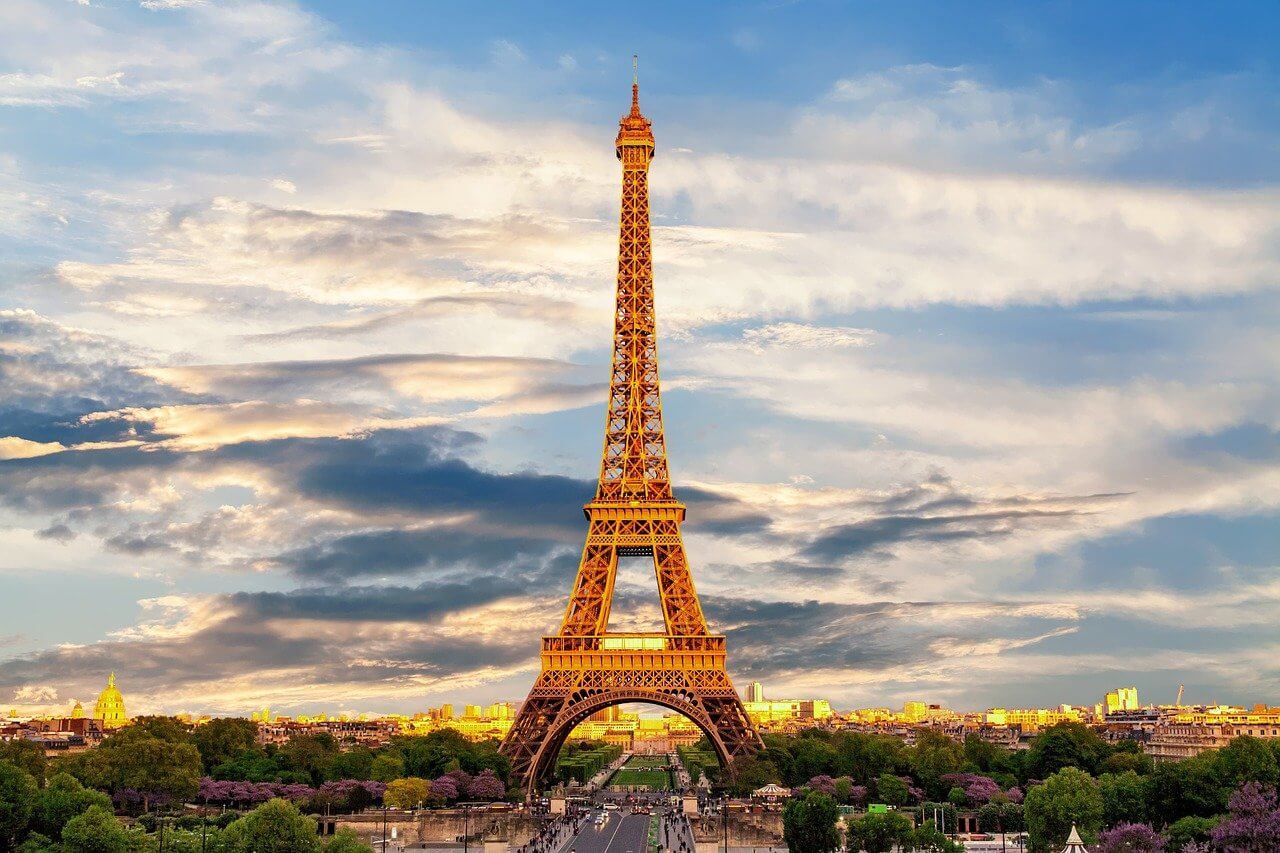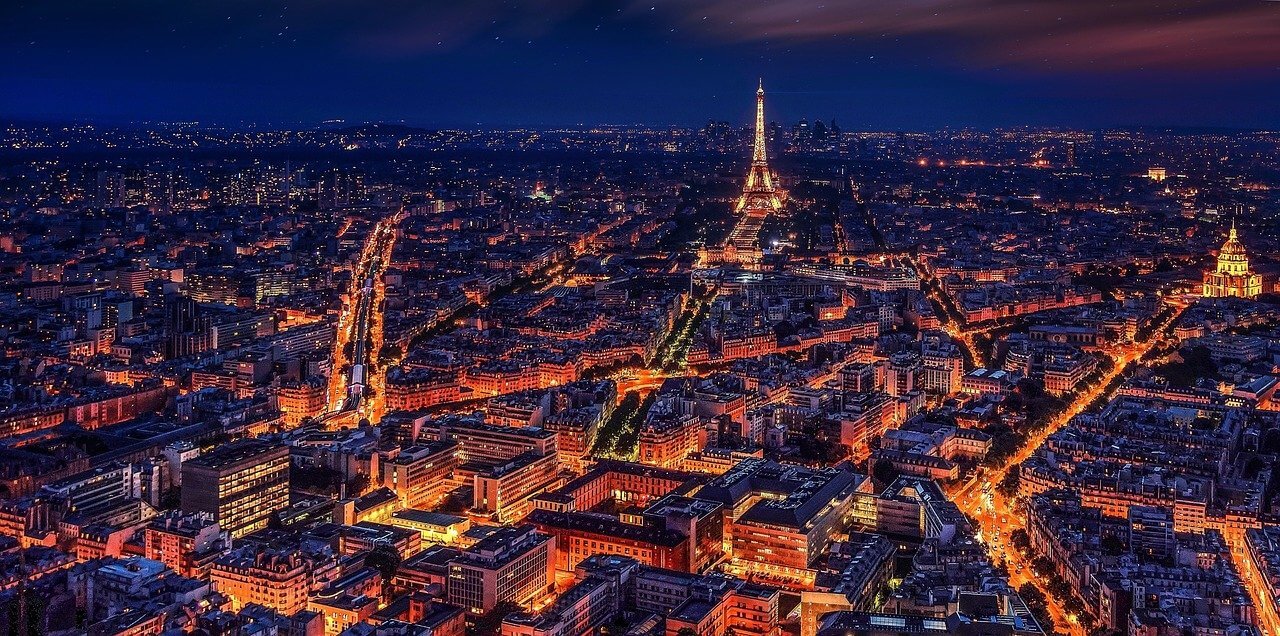Why Was Eiffel Tower Built? General features of Eiffel Tower. Information and facts about Eiffel Tower.

Source : pixabay.com
Eiffel Tower; a famous Paris landmark and masterpiece of wrought-iron technology. It was erected in 1889 for the exhibition celebrating the 100th anniversary of the French Revolution. The French engineer Alexandre Gustave Eiffel based his design for the tower on his experience with building high-level railway bridges. From a detailed set of plans the 12,000 metal parts of the tower were all prefabricated and numbered for assembly. The majority of the 2.5 million rivets used were put in place before the structure was erected on the site. The gigantic undertaking proceeded so smoothly that not one worker’s life was lost by accidents on the scaffolding. The tower was completed, except for the elevators, in 26,5 months.
The Eiffel Tower is designed as a cross-braced lattice girder that offers minimum wind resistance. The estimated movement of the struc-ture with hurricane-force winds is only 22 cm (8.8 inches). It is constructed from over 6,300 metric tons (7,000 tons) of highest quality wrought iron, resting upon four 2.25-sq meter (25-sq foot) masonry piers. The piers are set in 2 meters (7 feet) of concrete far below ground.

Source : pixabay.com
The tower has three well-marked stages. Below the first platform, which is placed at a height of 57 meters (188 feet), the four quadrilateral legs are linked by arches. At the second platform, placed at 115 meters (380 feet), the legs are brought completely together. The third platform is at a height of 276 meters (911 feet). Above this platform are the lantern and the final terrace. In 1959 the addition of a radio antenna raised the height of the tower from about 300 meters to 320 meters (990-1056 feet).
mavi